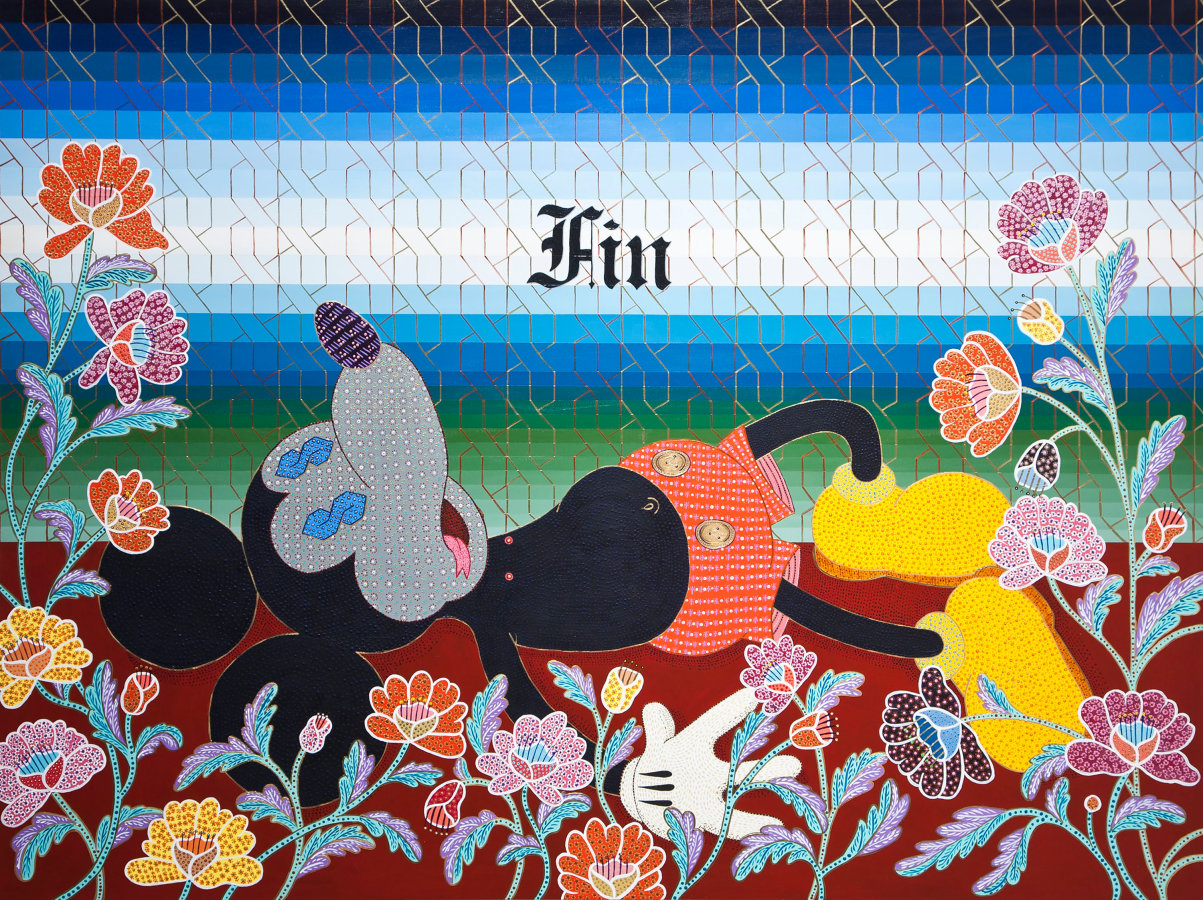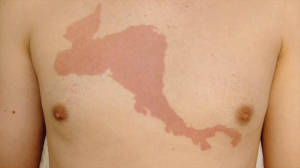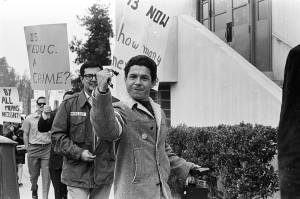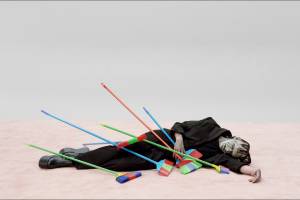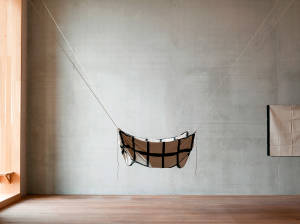This is an exploration of Disney’s engagement with Latin American imagery and the ways in which Latin American artists responded to, played with, reappropriated, and misappropriated Disney’s iconography.
In 1941, Walt Disney and a group of 18 artists, musicians and screenwriters traveled to South America looking for inspiration and content for The Three Caballeros and other animated features produced as part of the U.S. government’s “Good Neighbor” policy during the Second World War. These films initiated a long and complex history in which Latin Americans frequently criticized Disney as a representative of North American imperialism. Joint exhibitions at the MAK Center and the Luckman Gallery at California State University Los Angeles will explore the history of Disney’s engagement with Latin American imagery and the ways in which Latin American artists responded to, played with, re-appropriated and misappropriated Disney’s iconography.
This is an exploration of Disney’s engagement with Latin American imagery and the ways in which Latin American artists responded to, played with, reappropriated, and misappropriated Disney’s iconography.
In 1941, Walt Disney and a group of 18 artists, musicians and screenwriters traveled to South America looking for inspiration and content for The Three Caballeros and other animated features produced as part of the U.S. government’s “Good Neighbor” policy during the Second World War. These films initiated a long and complex history in which Latin Americans frequently criticized Disney as a representative of North American imperialism. Joint exhibitions at the MAK Center and the Luckman Gallery at California State University Los Angeles will explore the history of Disney’s engagement with Latin American imagery and the ways in which Latin American artists responded to, played with, re-appropriated and misappropriated Disney’s iconography.
Show More...

